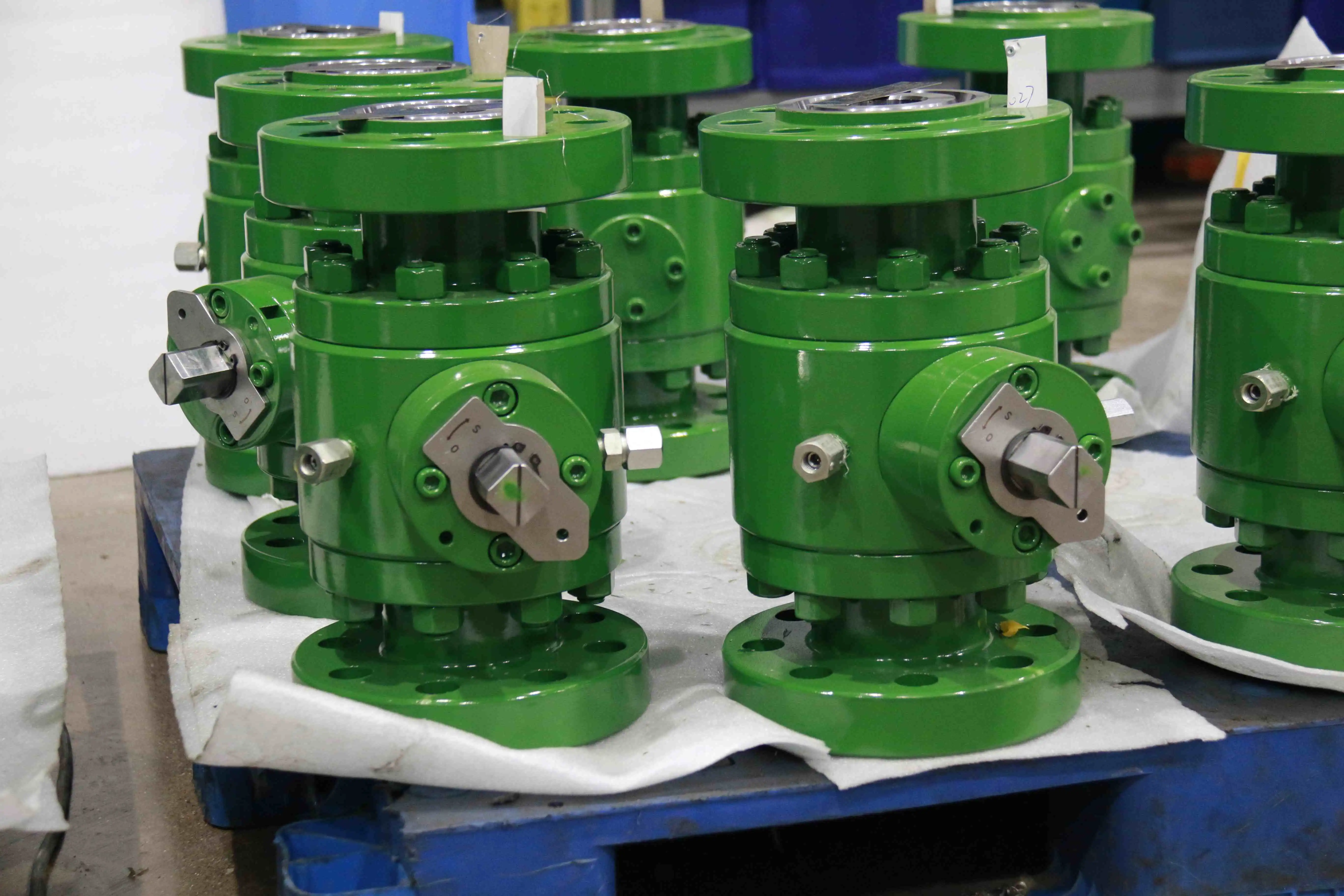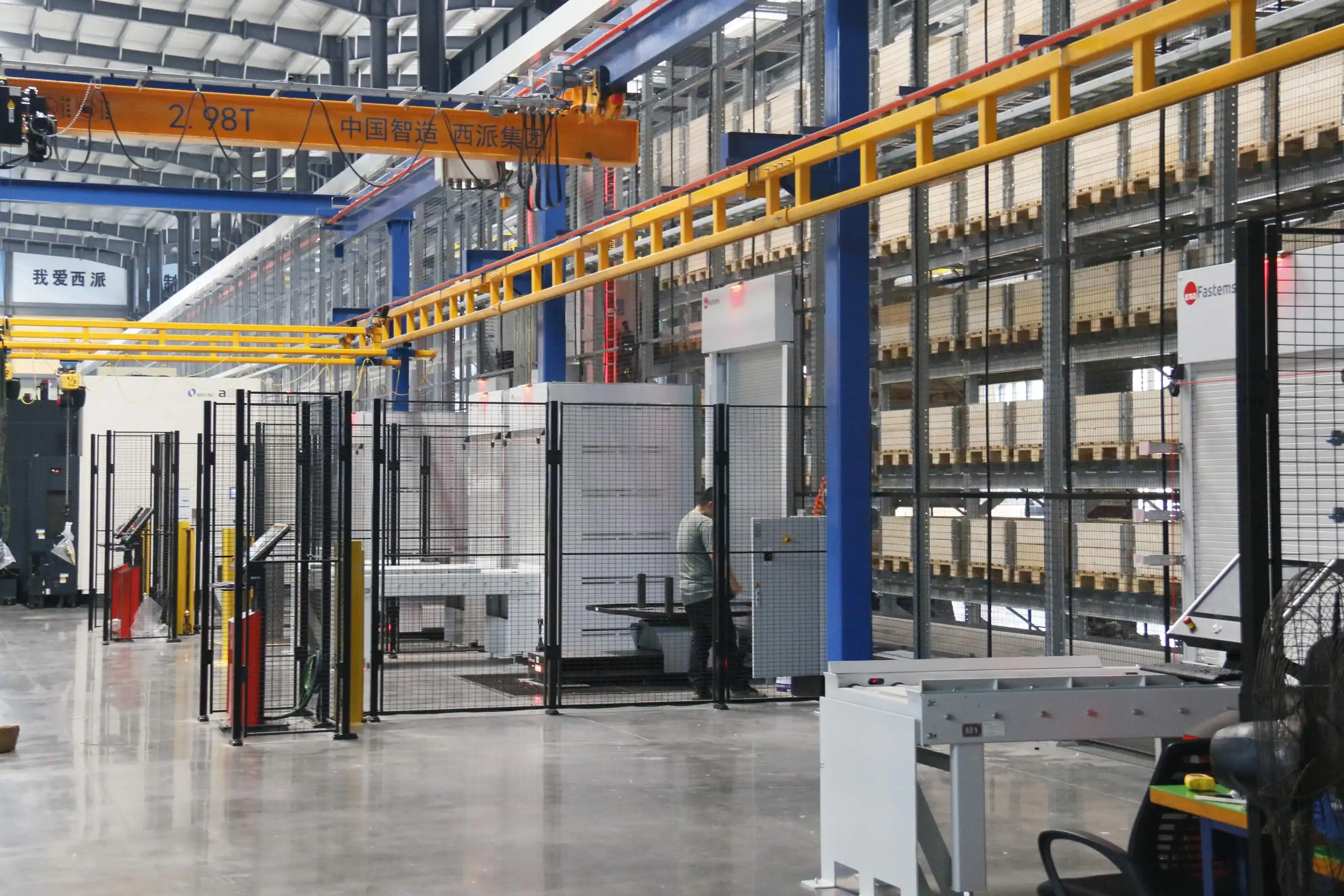Top 5 Common Failures in Bellows Control Valves and How to Avoid Them
Bellows control valves represent critical components in industrial process control systems, particularly in applications requiring zero-leakage performance and precise flow regulation. Understanding the common failure modes of these sophisticated devices is essential for maintaining operational efficiency and preventing costly downtime. The pneumatic bellows control valve, with its advanced sealing technology and reliable actuation system, offers superior performance in demanding applications across petrochemical, oil and gas, and power generation industries. However, like all mechanical systems, these valves are susceptible to specific failure patterns that can compromise their effectiveness. This comprehensive analysis explores the five most prevalent failure modes in bellows control valves, providing detailed insights into their root causes and practical prevention strategies to ensure optimal valve performance and extended service life.
Bellows Fatigue and Crack Formation
Bellows fatigue represents the most critical failure mode in pneumatic bellows control valve systems, often resulting from repeated stress cycles that exceed the material's endurance limits. The metal bellows component, typically constructed from stainless steel or other corrosion-resistant alloys, experiences continuous flexing during normal valve operation. Each opening and closing cycle subjects the bellows convolutions to alternating tensile and compressive stresses, which gradually weaken the material structure over time. The pneumatic bellows control valve design incorporates multiple convolutions to distribute stress more evenly, but excessive cycling frequency or amplitude can still lead to premature fatigue failure. The development of fatigue cracks typically begins at stress concentration points, particularly at the root of convolutions where geometric transitions create localized stress amplification. Environmental factors such as temperature fluctuations, corrosive media, and vibration can accelerate crack propagation, eventually leading to complete bellows failure and loss of sealing integrity. Modern pneumatic bellows control valve designs address this challenge through optimized convolution geometry, improved material selection, and enhanced manufacturing processes that minimize residual stresses. Prevention strategies include operating within design pressure, temperature and stem stroke ranges while preventing cavitation, flashing and other unusual damaging flow conditions. Regular inspection protocols should incorporate non-destructive testing methods such as dye penetrant testing or ultrasonic examination to detect early-stage crack formation. Implementing predictive maintenance programs that monitor valve cycling frequency and amplitude can help identify units approaching their fatigue limits before failure occurs. Additionally, proper valve sizing and selection ensure that bellows operate within their design envelope, significantly extending service life and maintaining reliable zero-leakage performance.

Excessive Backpressure and Pressure Variations
Excessive built-up backpressure represents a significant failure mechanism that can be mitigated through various design modifications including use of bellows with higher pressure limits, pilot valve balanced against backpressure, or modification of outlet piping configurations. The pneumatic bellows control valve relies on precise pressure differentials to maintain proper sealing and operational characteristics. When downstream pressure exceeds design parameters, the bellows experiences additional stress that can lead to deformation, seal compromise, or complete structural failure. Backpressure variations pose particular challenges in pneumatic bellows control valve applications because they create dynamic loading conditions that differ from steady-state design assumptions. Rapid pressure fluctuations can induce resonant vibrations within the bellows structure, accelerating fatigue processes and potentially causing immediate failure in extreme cases. The phenomenon becomes more pronounced in systems with long discharge piping, restrictive outlets, or multiple valves sharing common discharge headers where pressure interactions can create unexpected loading scenarios. Modern pneumatic bellows control valve designs incorporate several features to address backpressure challenges, including reinforced bellows construction, balanced actuator configurations, and advanced pressure monitoring systems. Installation considerations play a crucial role in preventing backpressure-related failures, with proper piping design ensuring adequate flow capacity and minimal pressure drop through outlet systems. Regular monitoring of system pressure profiles helps identify developing backpressure conditions before they reach critical levels, allowing for proactive maintenance interventions and system modifications to prevent valve failure.
Corrosion and Chemical Degradation
Chemical attack on bellows materials represents a complex failure mode that affects pneumatic bellows control valve performance through multiple degradation mechanisms. The bellows component, being in direct contact with process media, faces exposure to potentially corrosive chemicals that can weaken the metal structure, create localized pitting, or cause uniform thickness reduction over time. Different corrosive environments pose varying threats to bellows integrity, with chloride-containing media, acidic solutions, and high-temperature oxidizing atmospheres being particularly aggressive toward common bellows materials. The pneumatic bellows control valve design must account for chemical compatibility between bellows materials and process fluids to ensure long-term reliability. Stainless steel bellows, while offering good general corrosion resistance, may still be susceptible to specific forms of attack such as stress corrosion cracking in chloride environments or intergranular corrosion in sensitized conditions. Advanced alloy selections, including Hastelloy, Inconel, or specialized duplex stainless steels, provide enhanced resistance to specific corrosive media but require careful material selection based on comprehensive process analysis. Prevention of corrosion-related failures involves multiple strategies including proper material selection, protective coating applications, and process condition optimization. The pneumatic bellows control valve specification process should include detailed chemical compatibility assessment, considering not only primary process components but also trace contaminants, cleaning chemicals, and startup/shutdown conditions that may introduce different chemical environments. Regular inspection programs should focus on early detection of corrosion signs, including surface discoloration, pitting, or thickness measurements that indicate progressive material loss. Implementation of corrosion monitoring systems and process condition controls helps maintain optimal operating environments that minimize chemical attack on bellows components.
Installation and Maintenance Issues
Improper installation practices contribute significantly to premature pneumatic bellows control valve failures, often creating conditions that exceed design parameters or introduce unexpected stress patterns. The bellows component, being a precision-manufactured element with specific geometric requirements, is particularly sensitive to installation-induced stresses that can compromise its performance and longevity. Common installation errors include excessive piping loads transmitted to the valve body, misalignment between inlet and outlet connections, and improper actuator mounting that creates binding or uneven loading conditions. The pneumatic bellows control valve requires careful attention to piping support and alignment during installation to ensure that bellows operate within their designed stress envelope. Thermal expansion considerations become critical in high-temperature applications where differential expansion between piping systems and valve bodies can create significant stresses if not properly accommodated through expansion joints or flexible connections. Installation documentation should specify torque values, alignment tolerances, and support requirements to prevent installation-induced damage that may not manifest immediately but can lead to premature failure during service. Maintenance practices play an equally important role in preventing bellows failures, with improper maintenance procedures potentially causing more damage than beneficial effects. The pneumatic bellows control valve maintenance program should include specific procedures for bellows inspection, cleaning, and replacement that account for the component's delicate nature and precision requirements. Over-tightening of packing glands, excessive stem manipulation during maintenance, or use of inappropriate cleaning chemicals can damage bellows sealing surfaces or create stress concentrations that lead to subsequent failures. Training maintenance personnel on proper bellows handling techniques and establishing clear maintenance protocols helps ensure that service activities support rather than compromise valve reliability and performance.
Temperature Extremes and Thermal Cycling
Temperature-related failures in pneumatic bellows control valve systems occur through multiple mechanisms that affect both material properties and dimensional stability of critical components. Extreme temperatures, whether high or low, can alter the mechanical characteristics of bellows materials, affecting their fatigue resistance, ductility, and corrosion behavior. High-temperature exposure can cause thermal degradation of metallic bellows materials, leading to reduced strength, increased susceptibility to stress corrosion cracking, and accelerated creep deformation under sustained loading conditions. Thermal cycling presents particular challenges for pneumatic bellows control valve applications because repeated heating and cooling cycles induce dimensional changes that create alternating stress patterns within the bellows structure. The coefficient of thermal expansion differences between various valve components can create additional stresses during temperature transitions, potentially leading to bellows deformation or seal compromise. Low-temperature operation introduces risks of material embrittlement, particularly in carbon steel or certain stainless steel grades that may experience ductile-to-brittle transition at reduced temperatures. The pneumatic bellows control valve design process must incorporate thermal analysis to ensure adequate performance across the specified temperature range, including provisions for thermal expansion accommodation and material selection appropriate for the operating environment. Advanced designs may incorporate thermal barrier coatings, insulation systems, or specialized cooling arrangements to maintain bellows temperatures within acceptable limits even when handling extreme process conditions. Temperature monitoring systems and thermal protection devices provide additional safeguards against temperature-related failures, automatically shutting down systems or activating protective measures when temperature limits are approached. Regular thermal cycling tests during commissioning and periodic service help verify continued bellows integrity under actual operating conditions and identify potential temperature-related degradation before failure occurs.

Conclusion
The reliability and performance of pneumatic bellows control valves depend critically on understanding and addressing the five primary failure modes discussed in this analysis. Effective failure prevention requires a comprehensive approach that encompasses proper valve selection, careful installation practices, regular maintenance protocols, and ongoing monitoring of operating conditions. CEPAI Group Co., Ltd., established as a leading high-tech enterprise since 2009 with advanced manufacturing capabilities and comprehensive quality certifications including API, ISO, and CE standards, demonstrates the industry commitment to producing reliable bellows control valve solutions. Through continuous technological innovation, rigorous testing procedures, and adherence to international quality standards, manufacturers can deliver pneumatic bellows control valves that meet the demanding requirements of modern industrial applications while minimizing the risk of premature failure and ensuring optimal process performance.
Ready to enhance your process control system reliability with premium pneumatic bellows control valves? As a trusted China pneumatic bellows control valve manufacturer and China pneumatic bellows control valve supplier, CEPAI Group offers comprehensive solutions backed by cutting-edge technology and proven expertise. Our China pneumatic bellows control valve factory produces high-quality valves with exceptional durability and precision control performance. Whether you need China pneumatic bellows control valve wholesale solutions or individual units, our pneumatic bellows control valve for sale includes competitive pneumatic bellows control valve price options tailored to your specific requirements.
With our CNAS nationally recognized laboratory, extensive R&D investment, and commitment to zero-defect manufacturing, CEPAI Group delivers solutions that exceed industry standards. Our pre-sales technical consultation, customized engineering services, and comprehensive after-sales support ensure optimal valve performance throughout the entire lifecycle.
Don't let valve failures compromise your operations – contact our experts today! For detailed technical specifications, custom quotations, or to discuss your specific application requirements, reach out to our engineering team at cepai@cepai.com. Experience the difference that quality engineering and reliable performance can make in your critical process applications.
References
1. Peterson, R.M., and Thompson, K.L. (2019). "Metallurgical Analysis of Bellows Failure Mechanisms in High-Pressure Control Valve Applications." Journal of Process Safety and Environmental Protection, 127, 284-296.
2. Zhang, H., Liu, S., and Wang, J. (2021). "Fatigue Life Prediction and Optimization of Metal Bellows in Pneumatic Control Valves Under Cyclic Loading." International Journal of Pressure Vessels and Piping, 194, 104521.
3. Anderson, D.C., Martinez, A.R., and Brown, T.S. (2020). "Corrosion Behavior and Material Selection Guidelines for Bellows-Type Control Valves in Petrochemical Environments." Materials and Corrosion, 71(8), 1245-1258.
4. Kumar, P., Singh, R.K., and Sharma, M. (2022). "Thermal Stress Analysis and Design Optimization of Bellows Assemblies in High-Temperature Process Control Applications." Applied Thermal Engineering, 218, 119287.
_1745994738000.webp)
Get professional pre-sales technical consultation and valve selection services, customized solution services.

About CEPAI


